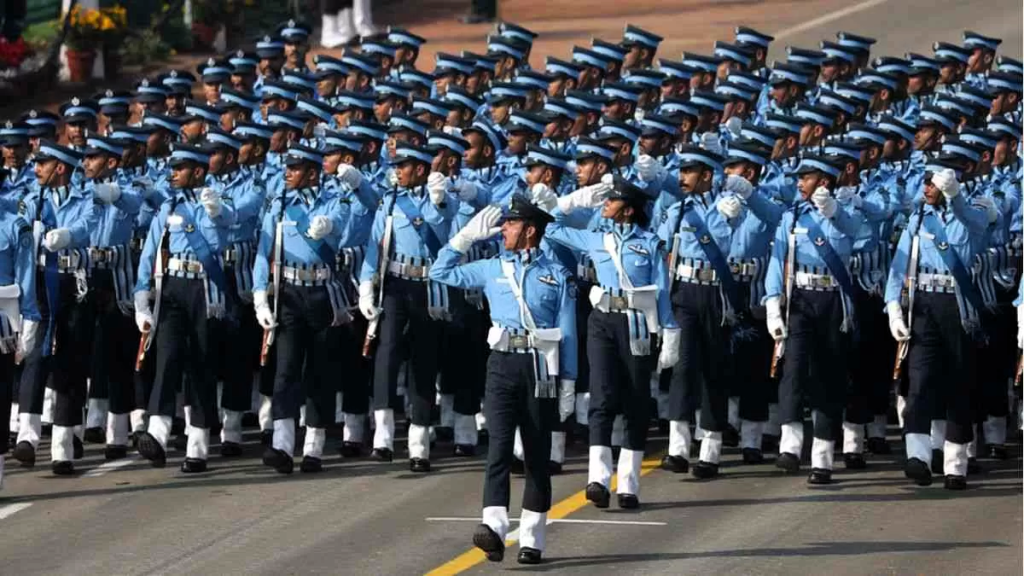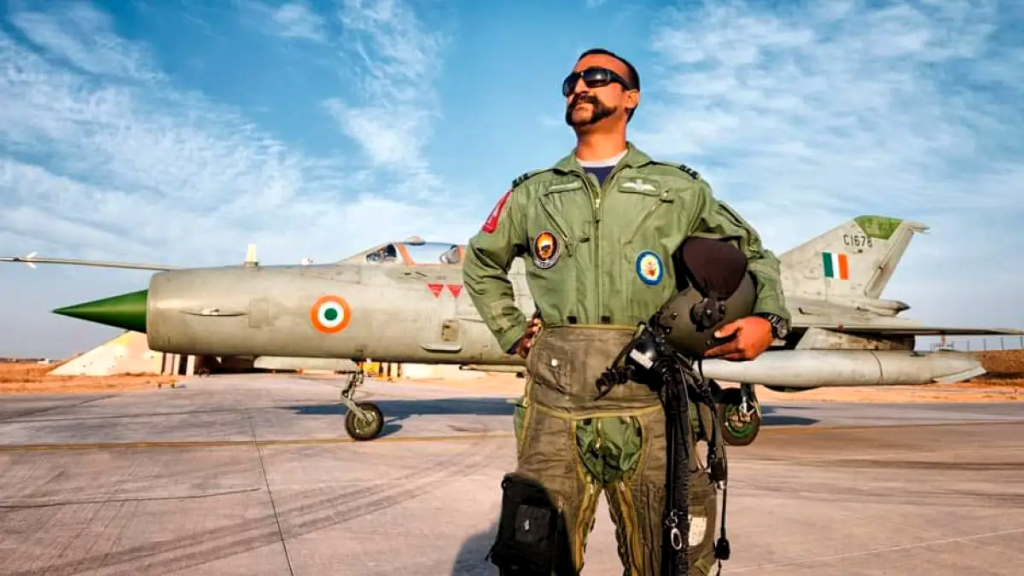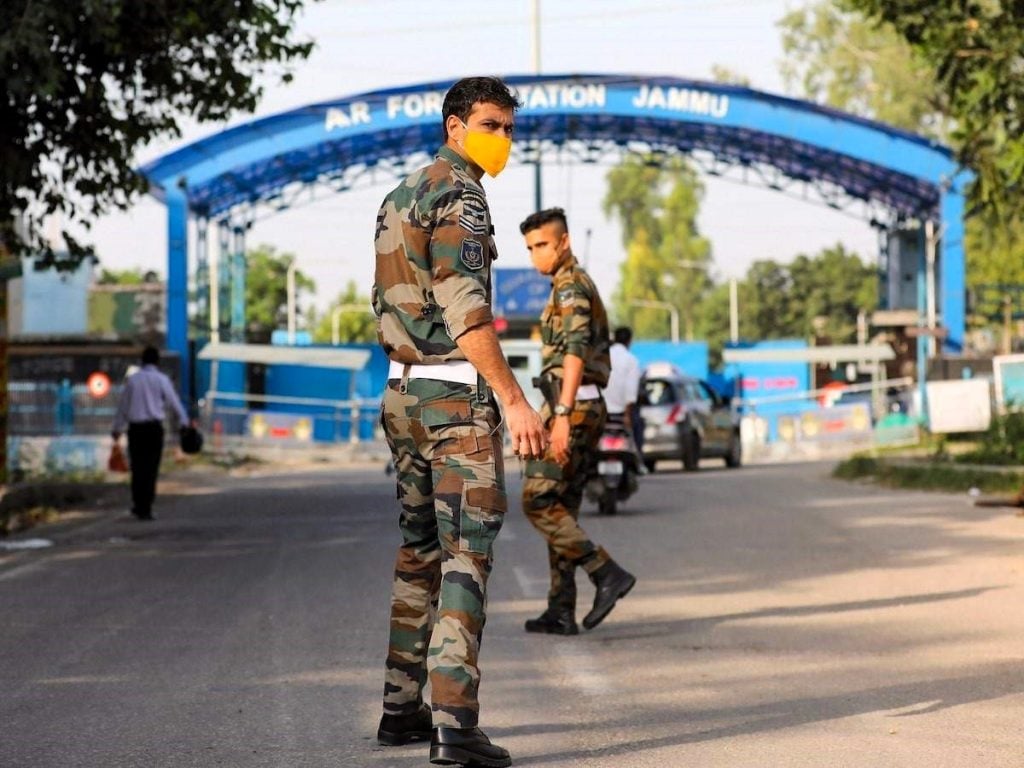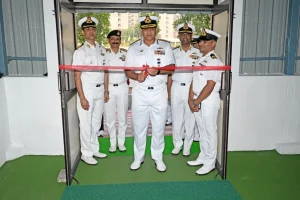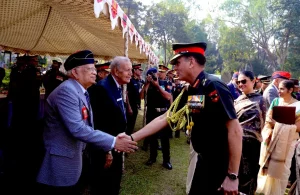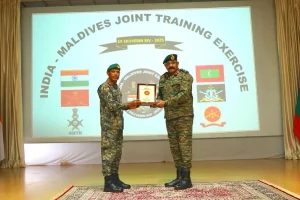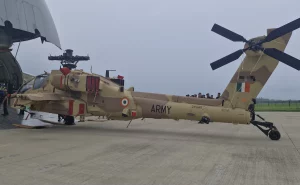Becoming a pilot in the Indian Air Force (IAF) is a dream for many young men and women. The allure of touching the sky, flying next-generation fighter aircraft, and working with advanced aerial defense systems attracts numerous candidates every year. The Air Force Common Admission Test (AFCAT) provides a pathway for these aspirants to realize their ambitions. This detailed guide outlines the steps and requirements to become a pilot in the IAF through AFCAT.
Introduction to AFCAT
The Air Force Common Admission Test (AFCAT) is a national level examination conducted by the Indian Air Force. It serves as the gateway for candidates seeking to join the IAF in various branches, including the Flying Branch. The exam is conducted twice a year, and candidates who clear it proceed to the next stages of selection, which include the Air Force Selection Board (AFSB) interview, CPSS/PABT, and medical examinations.
Educational Qualifications
To become a pilot in the IAF, meeting specific educational qualifications is crucial. The requirements ensure that candidates possess the foundational knowledge necessary for the rigorous training and responsibilities that come with the role.
Qualifications for Flying Branch
To apply for the Flying Branch through AFCAT, candidates must meet the following educational qualifications:
- Compulsory Subjects at 12th Level: Candidates must have studied Mathematics and Physics in their 12th grade and scored at least 50% marks in both subjects.
- Graduation Requirements:
- Graduation in any discipline from a recognized university with a minimum of 60% marks.
- OR, a BE/B Tech degree (Four years course) from a recognized university with a minimum of 60% marks.
- OR, candidates who have cleared Section A & B examination of Associate Membership of Institution of Engineers (India) or Aeronautical Society of India from a recognized university with a minimum of 60% marks or equivalent.
These qualifications ensure that candidates have a strong academic background in science and engineering, which is essential for understanding and operating advanced aircraft systems.
Age Limit
The age limit for applying to the Flying Branch of the IAF through AFCAT is as follows:
- Standard Age Limit: 20 to 24 years. Candidates must be born between 2 July 2001 to 1 July 2005.
- Age Relaxation for CPL Holders: Candidates holding a valid and current Commercial Pilot License (CPL) issued by DGCA (India) are given a two-year relaxation, allowing them to apply between 20 to 26 years.
This age criterion ensures that candidates are at an optimal stage in their lives to undergo the physically and mentally demanding training required to become a pilot.
Physical Standards
Meeting the physical standards set by the IAF is mandatory for candidates aspiring to join the Flying Branch. The IAF maintains strict physical criteria to ensure that its pilots are in peak physical condition to handle the demands of flying advanced aircraft.
Height and Other Measurements
The physical standards for male and female candidates applying for the Flying Branch are the same. The table below outlines the specific requirements:
| Physical Parameter | Minimum | Maximum |
|---|---|---|
| Height | 162.5 cm | – |
| Sitting Height | 81.5 cm | 96.0 cm |
| Leg Length | 99.0 cm | 120.0 cm |
| Thigh Length | – | 64.0 cm |
These measurements ensure that candidates can fit comfortably and operate efficiently within the cockpit of various aircraft.
Computerised Pilot Selection System (CPSS) / Pilot Aptitude Battery Test (PABT)
The CPSS, previously known as PABT, is a critical component of the selection process for aspiring pilots. It is designed to assess a candidate’s psychomotor skills and cognitive abilities, which are crucial for flying.
- Once in a Lifetime Test: Candidates get only one chance to clear the CPSS. If they fail, they cannot reattempt it, regardless of the branch of the armed forces they apply to.
- Ineligibility After Failure: Candidates who fail the CPSS/PABT or have been suspended from flying training at the Air Force Academy are permanently ineligible to join the Flying Branch.
This stringent testing ensures that only the most capable candidates, who possess the necessary mental and physical coordination, are selected for pilot training.
Medical Examination
Candidates who clear the CPSS and AFSB interview must undergo a rigorous medical examination. The medical standards for the Flying Branch are the highest in the IAF, reflecting the demanding nature of the role.
- Comprehensive Medical Check: The examination covers various aspects such as vision, hearing, cardiovascular health, neurological health, and overall physical fitness.
- No Compromise on Standards: The IAF does not compromise on medical standards, ensuring that all selected candidates are in optimal health.
Aspiring pilots should maintain their health and fitness levels to meet these stringent medical requirements.
Preparation for AFCAT
Preparing for AFCAT requires a multifaceted approach, covering academic knowledge, physical fitness, and specific preparation for the CPSS/PABT.
Study Materials and Resources
- Syllabus Coverage: The AFCAT syllabus includes General Awareness, Verbal Ability in English, Numerical Ability, and Reasoning and Military Aptitude. Candidates should thoroughly cover each section.
- Recommended Books: Some highly recommended books for AFCAT preparation include “AFCAT (Air Force Common Admission Test) Exam Guide” by R. Gupta and “AFCAT (Flying Technical & Ground Duty Branch) Exam Guide” by Arihant Experts.
- Online Resources: Numerous websites and online courses offer practice tests and study materials.
Physical Fitness Preparation
- Regular Exercise: A consistent exercise regimen is crucial. Focus on cardiovascular fitness, strength training, and flexibility.
- Healthy Diet: A balanced diet rich in proteins, vitamins, and minerals supports overall health and fitness.
- Practice Tests: For CPSS/PABT, practice using flight simulators and psychomotor exercises to enhance coordination and reflexes.
Conclusion
Becoming a pilot in the Indian Air Force through AFCAT is a challenging but achievable goal. By meeting the educational qualifications, adhering to the age limits, maintaining physical standards, and preparing rigorously for the AFCAT and CPSS/PABT, candidates can pursue their dream of flying for the IAF. The journey requires dedication, discipline, and a passion for aviation, but the rewards of serving as an IAF pilot are unparalleled.
Aspiring candidates should start their preparation early, stay focused on their goals, and maintain their physical and mental fitness to succeed in this prestigious and demanding career path.
FAQs
Q1. Are there any specific physical standards for aspiring pilots?
Yes, candidates must meet the physical standards set by the Indian Air Force. This includes parameters such as height, sitting height, leg length, and thigh length. The minimum height requirement for both males and females is 162.5 cm.
Q2. What is the CPSS/PABT test, and why is it important?
CPSS (Computerised Pilot Selection System), formerly known as PABT (Pilot Aptitude Battery Test), is a test designed to assess a candidate’s psychomotor skills and cognitive abilities. It is a crucial component of the selection process for aspiring pilots. Candidates get only one chance to clear this test, and failing it renders them permanently ineligible to join the Indian Air Force as a pilot.
Q3. What happens after clearing AFCAT?
After clearing AFCAT, candidates proceed to the next stages of selection, which include the Air Force Selection Board (AFSB) interview, CPSS/PABT, and medical examinations. Successful candidates are then recommended for training at the Air Force Academy.
Q4. How can I prepare for AFCAT and the subsequent selection stages?
Preparation for AFCAT involves thorough study of the syllabus, practicing mock tests, and enhancing physical fitness. Specific preparation for the CPSS/PABT may include using flight simulators and psychomotor exercises to improve coordination and reflexes.
Q5. Is it possible to join the Indian Air Force as a pilot through other entry schemes besides AFCAT?
Yes, besides AFCAT, there are other entry schemes such as NDA (National Defence Academy) and CDSE (Combined Defence Services Examination) through which candidates can join the Indian Air Force as pilots. However, the selection criteria and eligibility requirements may vary for each scheme.

